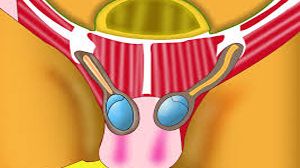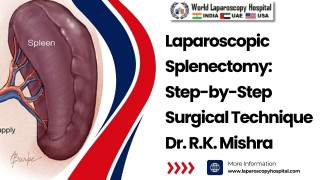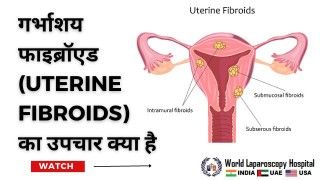Advanced Laparoscopic Dissection Techniques: Safe and Effective Surgery Part 2
Add to
Share
1,546 views
Report
2 years ago
Description
This comprehensive guide delves deeper into the world of laparoscopic dissection techniques, specifically focusing on advanced strategies and approaches. Surgeons can learn the latest and most cutting-edge techniques to ensure the safest and most effective surgery possible. The guide covers a range of topics, including dissection of critical structures, optimal positioning of trocars, and use of specialized instrumentation. With this resource, surgeons can stay up-to-date with the latest developments in laparoscopic dissection and improve patient outcomes. The second part of the series on Laparoscopic Dissection Techniques delves deeper into advanced strategies and approaches for safe and effective surgery. This comprehensive guide covers the latest cutting-edge techniques, including advanced dissection techniques, energy sources, vessel sealing devices, and ultrasonic dissection devices. It also provides surgeons with detailed information on patient selection, preoperative planning, and postoperative care, making it an invaluable resource for both novice and experienced laparoscopic surgeons. Whether you are looking to improve your dissection skills or expand your surgical repertoire, this guide is an essential tool for mastering the latest and most effective laparoscopic dissection techniques. Laparoscopic surgery has revolutionized the field of surgery, enabling surgeons to perform complex procedures with minimal invasiveness and reduced recovery times for patients. Laparoscopic dissection techniques are a critical component of these surgeries, allowing surgeons to safely and effectively navigate through the tissue layers and perform the necessary procedures. In this second part of the series, advanced laparoscopic dissection techniques are explored in greater detail, providing surgeons with cutting-edge strategies and approaches to ensure safe and effective surgery. The guide includes tips for optimizing visualization, managing complications, and utilizing specialized instruments to navigate challenging anatomy. By mastering these techniques, surgeons can improve patient outcomes and provide the highest quality of care.
Similar Videos






